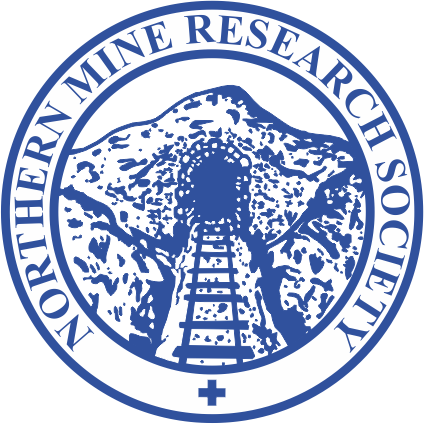A coal pit is shown at this location on the 1848 Ordnance Survey map, but the name Broomstair does not appear in the List of Mines until the late 1850s. Confirmation of Broomstair’s longevity is given by a sale notice of January 1809, when Clarke’s Broom Stair Colliery was offered for sale. It was working the Great and Roger Mines, which were respectively 6ft and 3½ft thick.
From 1859 to 1875 Broomstair belonged to Leigh & Bradbury and the Great and Roger Mines were still being worked. They were followed by the Hyde & Haughton Coal Co. from 1880 to 1885. The latter may have been the trading name used by J.W. and J.N. Sidebotham, who owned the Broomstair and Hyde collieries in 1889. On January 1st of that year the horse-keeper, James Richardson and his two sons descended the shaft to find themselves immersed in nine feet of water, which had collected at the pit bottom. Fortunately they were able to signal for the cage to be lifted and the three were hoisted to safety. Shortly afterwards, water broke in for a second time and the pit was abandoned. The Broomstair men were found work at Hyde Colliery, and some were involved in the explosion there on January 18th.
The Dukinfield Coal & Cannel Co. Ltd, floated in 1890, successfully recovered Broomstair colliery as the following table shows:-
| Year | Underground | Surface |
|---|---|---|
| 1895 | 314 | 60 |
| 1896 | 298 | 65 |
| 1897 | 259 | 61 |
| 1898 | 92 | 14 |
The Dukinfield (New) Coal & Cannel Co. Ltd ran the mine in 1898, but that company abandoned Broomstair before the year end.
Sources:
- NMRS Records, Gazetteer of British Collieries
- Bredbury Pits (May 2015)
- BT31/4872/32353 (1890) Dukinfield Coal & Cannel Co. Ltd
- BT31/5302/36264 (1892) Dukinfield Coal & Cannel Co. Ltd
- BT31/6672/46918 (1896) Dukinfield (New) Coal & Cannel Co. Ltd

